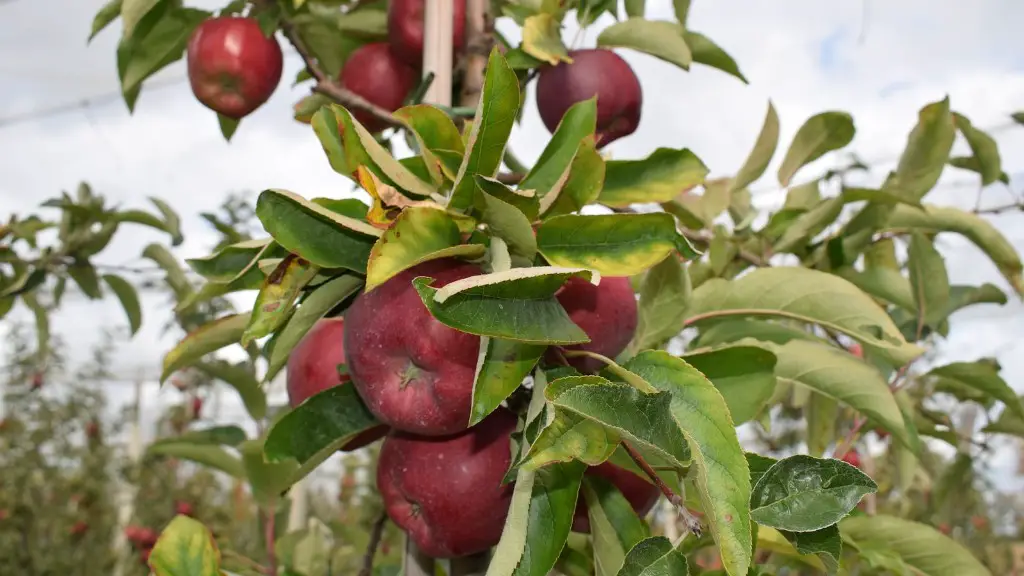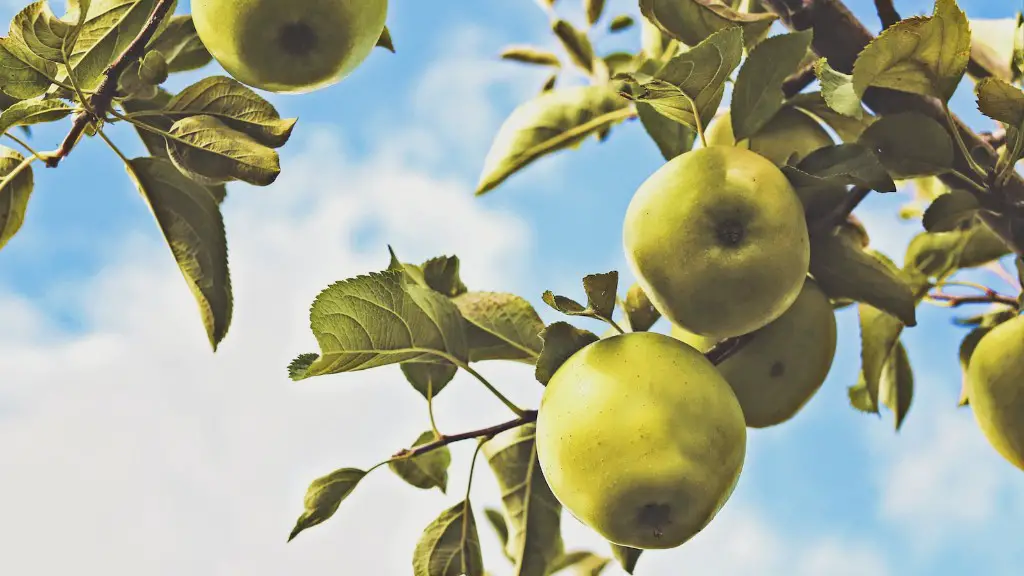Climate & Soil Requirements For Windmill Palm Trees
Windmill palms trees require a subtropical or milder climate, but are hardy enough to take temperatures low as 10 degrees Fahrenheit and can handle short periods at freezing. They can tolerate some shade, but prefer full day sun, and are salt tolerant, so they are a great choice near the shore. These palms need moist, organically rich, slightly acidic soil that drains well.
Watering & Fertilizing Requirements
Water your windmill palm trees with a hose, allowing the water to drip from the hose slowly so that the root zone can be fully saturated. While it is drought-tolerant, water the palm more often if you find the fronds turning yellow and/or dropping. Fertilize your windmill palm trees in spring and summer to give them a boost of nutrients. Make sure you use a fertilizer formulated for palms, such as a 10-5-10.
Maintenance Tips
It’s important to provide proper maintenance for windmill palms. Be sure to vaccinate your windmill palms regularly in order to protect them from pests and diseases. You can remove any yellow or brown fronds by cutting off their stem at an angle a few inches away from the trunk of the tree. You can also raise the soil base of your windmill palm if necessary, to help water run off quickly and prevent root rot.
Pruning
Windmill palms don’t require much pruning, but if you choose to prune, use caution and be sure to sterilize your pruning tools to prevent the spread of disease. Prune off the lower fronds when they yellow or brown, and cut the top fronds to shape and size as desired. Avoid removing more than 1/3 of the fronds at one time.
Protecting Against Frost
If you live in an area with cold winter temperatures, there are several ways to protect windmill palms from frost damage. Cover them with a frost blanket or burlap if needed. If you live in an area that experiences severe cold, you may need to transplant the palm into a container and place it in a greenhouse or other protected area for the winter months.
Repotting & Transplanting
Windmill palms tolerate repotting and transplanting well. If you need to move your palm, use a sharp spade to dig up the root ball and then immediately transplant it in new soil. Replant at the same depth as the original planting and use a slow-release palm fertilizer to help boost growth. Water regularly the first few months after planting to help the roots take hold.
Disease & Pest Prevention for Windmill Palm Trees
Windmill palms are vulnerable to many of the same pests and disease that other palms may suffer from, but you can minimize the risk by properly caring for your palm tree. Control weeds and grasses near the palm and check the tree regularly for pests like scale or mealybugs. Fungus or blight can occur during hot, humid weather and can be treated with fungicides.
Growth Habit & Propagation
The windmill palm has a slow to moderate growth rate, but with proper care and nutrition, they can reach 25 feet tall. You can propagate your windmill palm by collecting and planting its seeds or by air layering. If you’re successful in propagating your windmill palm, you can expect to see growth in as little as one year.
Transplant Shock
Transplant shock is a common issue for newly transplanted windmill palms. It can be caused by improper handling of the root ball, poor soil quality, inadequate fertilization, and inconsistent watering. To reduce the risk of transplant shock, make sure the palm is thoroughly watered and fertilized before and after transplanting, and handle the root ball with care.
Winterizing Your Windmill Palm Tree
If you live in an area with cold winter temperatures, extra precautions may be necessary to protect your windmill palms. Mulch the entire root ball, water deeply in the fall, and cover the palm with a frost blanket or burlap if temperatures drop below freezing. If needed, you can also transplant the palm into a container and move it to a protected area for the winter.
Winter Acclimation
When the temperatures start to drop in the fall, it’s important to acclimate your windmill palm to its new climate. Start by reducing the amount of water you give the palm, and provide shelter by covering it with a frost blanket or burlap to help protect it from the cold. You may also want to fertilize with a nutrient-rich slow release fertilizer to help the palm transition to winter.
Palm Protection during Winter
It is important to keep your windmill palm protected while it is transitioning to cold winter temperatures. The best way to protect your palm is to cover it with a frost blanket or burlap if temperatures drop below freezing. You can also move the palm into a container and place it in a protected area for the winter, such as a greenhouse or sunroom.
On-Going Maintenance & Care Over Winter
When the temperatures dip in the winter, the palm’s growth will slow down, and you may not need to water it as often. Nevertheless, it’s important to continue to monitor it for signs of stress or disease. It may also be necessary to occasionally fertilize your palm in the winter months to help maintain its health.
Treating & Preventing Stress & Disease
If you notice your windmill palm tree is looking stressed or diseased, it’s important to take steps to treat it quickly. Start by identifying the cause of the stress or disease and take steps to correct it. If it’s a pest or disease that can’t be treated, it’s important to take steps to prevent it from spreading to other plants.
Insects & Pest Prevention
Windmill palms may be susceptible to pests such as mealybugs and scale insects, so it’s important to monitor the tree closely for signs of infestation. If pests are found, apply a pesticide or natural treatment such as neem oil to get rid of them. Proper care can also help to prevent pests, so be sure to provide your palm with adequate sunlight, water, and nutrition.
Caring for the Trunk & Roots
Windmill palms have a thick, fibrous trunk that requires special care. When cutting the trunk, be sure to use sharp pruning shears and sterilize the blade between each cut. When watering, be sure to saturate the root zone with a slow stream of water so that the root system can absorb the moisture. It’s also important to occasionally check the root system for any signs of rot or damage.
In Summary
Caring for a windmill palm tree requires a few special considerations. They prefer a subtropical or mild climate, but can tolerate some shade. Allow the water to drip from the hose slowly to help saturate the root zone, and fertilize in the spring and summer with a 10-5-10 formula. Protect from pests and diseases by regularly vaccinating it, maintaining consistent watering, and choosing an appropriate fertilizer. In the winter, extra precautions may be required such as mulching, covering with a frost blanket, or moving to a container and a protected area. With the right care and regular maintenance, you can ensure your windmill palm tree will thrive.




